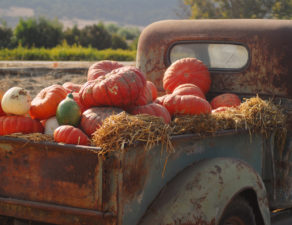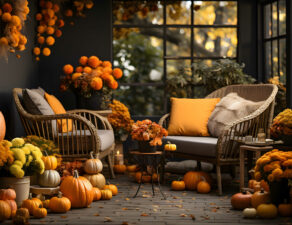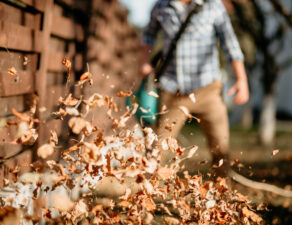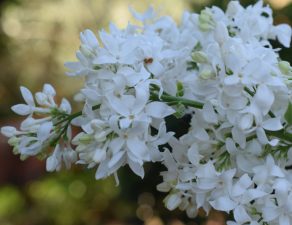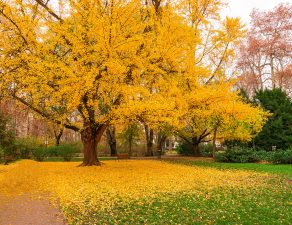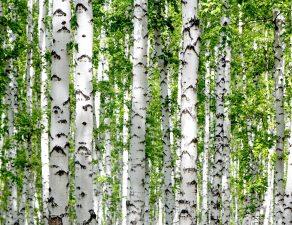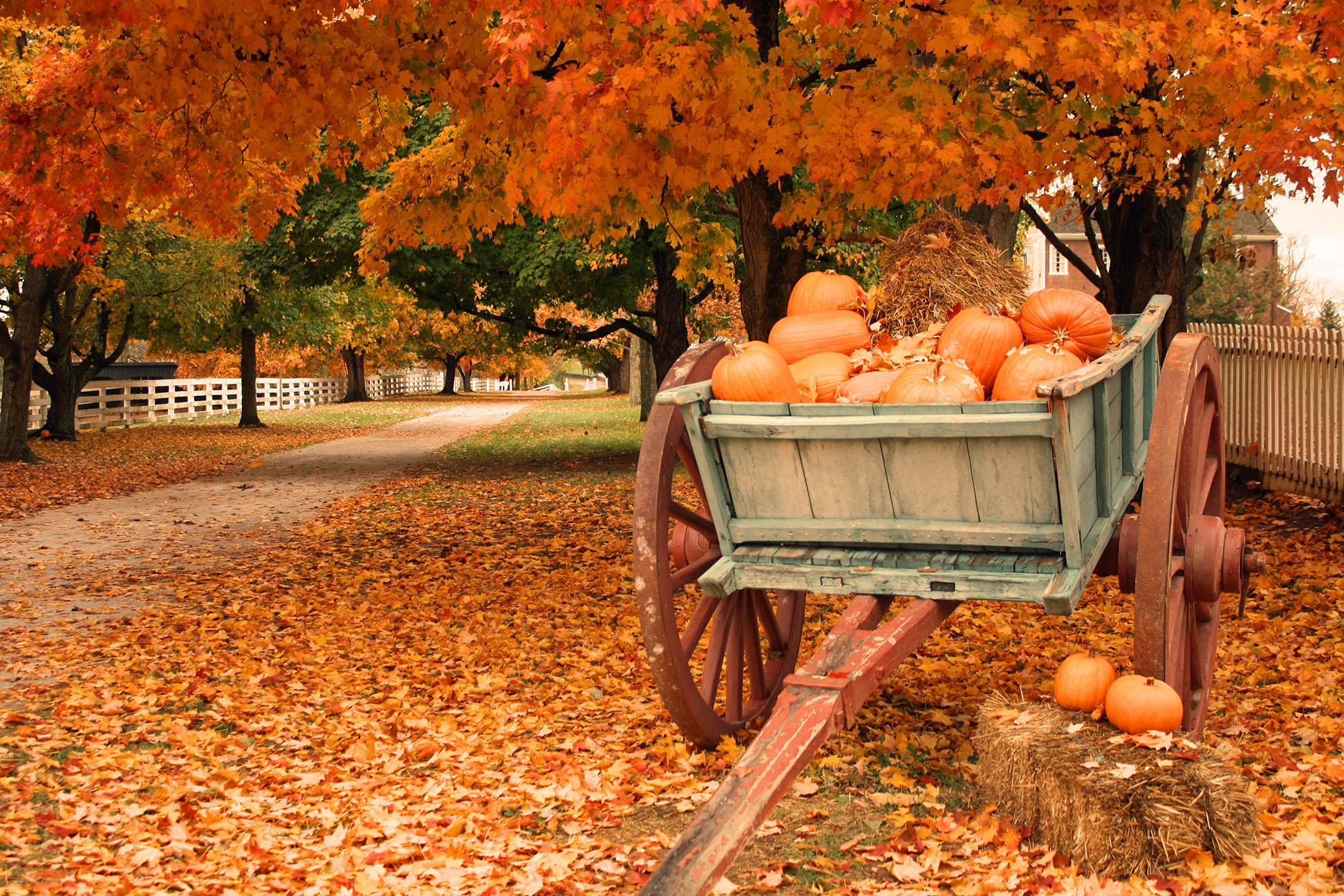
We all learned about the types of trees in fifth grade science class. Evergreen trees, like pine trees, stay green all year long, while deciduous trees change color in the fall before the leaves drop. But most of us didn’t learn why this occurs, or maybe you’ve forgotten and now you feel curious.
First, let’s back up and discuss why leaves are green. As you know, plants make their own food from sunlight, water, and carbon dioxide from the air. To do this, they use a chemical called chlorophyll, which contains green pigment and gives leaves their usual color.
But other pigments are present in leaves as well, such as carotenes and xanthophyll, which are orange and yellow in color. For much of the year, these pigments are masked by the amount of chlorophyll present in leaves, so we don’t see them. But in the fall, chlorophyll begins to break down. So technically, leaves don’t “change” color exactly; we can just see the other colors that were already present, but masked by large amounts of green chlorophyll.
But why does chlorophyll break down? It’s all part of the life cycle of the tree. The arrival of fall means cooler temperatures and shorter days, and those factors signal to the tree that it’s time to stop making food. Chlorophyll breaks down and other chemical changes occur, such as the development of anthocyanin pigments which are red to purple in color.
So, why do trees change color at slightly different times each year? And why are the colors more brilliant in some years than in others? The timing and brilliance of leaf colors are influenced by temperature, sunlight, and water supply. So weather will play a part in the appearance of fall color each year.
Low temperatures above freezing helps anthocyanins to form, so you’ll see more brilliant reds unless an early frost occurs. And since lack of sunlight helps colors to develop more strongly, lots of overcast or rainy days will contribute to a more spectacular showing of fall leaves.
To experience something truly different, plan an autumn trip to the Northeast someday! But if you want to enjoy more fall color in your own yard, give us a call to discuss which deciduous trees would make good choices for both your landscape and our general climate here in Southern California.

